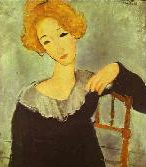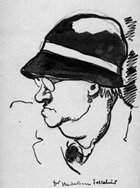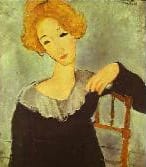The “Madame Côte d’Azur” Association organized a conference at the Westminster Hotel on Monday, January 30th. The topic of the day was the progress of women from the late 19th to the 20th century. Presented by Mr. Gastaut, a lecturer at Nice, the speech was both informative and engaging, prompting strong reactions from both men and women.

The beginning of change traces back to the Belle Époque in 1900. A world exposition in Paris, some granted space, and this marks the beginning of feminism. The “Gender Story” comes to life. Behind their stand, feminists draw attention. The small Parisian world then proclaims the new century as the century of women. Radical feminism, though rare, demanded one thing, achieved only a century later: parity. But this movement was still very minor. At the start of the 20th century, the primary claim of the “weaker sex” was a change in the social sphere—specifically, rights within the family and in everyday life.
A key figure to emerge and model for all these women was Marguerite Durand. In 1897, this columnist for Le Figaro stirred things up. She created a women’s newspaper “La Fronde,” fully managed and written by women. According to her, it was “the same daily as ‘Le Temps’ but in a skirt.” Disappearing in 1905 for financial reasons, “La Fronde” inspired the development of numerous periodicals addressed to women throughout the pre-war period. Slowly but surely, they advanced towards their goal. Proof of this, the beginning of the century also saw the emergence of associations in favor of women, like “L’Avant Courrière,” an association which demanded the disposable income of housewives.
This feminist situation simultaneously brought about the beginnings of political organization. Thus, in 1901, the “National Committee of French Women” was formed. This structure closely examined the role of women in society. The idea gradually took hold, because by 1920, the organization had initiated 180 clubs for women. This progression was not without consequences. In 1913, women sought solutions in the area of divorce. At this stage, their needs were still oriented towards social issues: salaries, education, family… The right to vote was not yet a prominently addressed issue. However, the concept of “suffragism,” originating from England, arrived in Paris as early as 1909. Even so, by 1914, it only interested 1500 members—a number too small to have an impact.

One point regarding sexuality caught their attention: “A single morality for both sexes.” Essentially, the domestication of male sexuality that they were subjected to.
The idea progressed: conferences multiplied, petitions circulated, and flyers and brochures expanded. The time was for pursuing gender equality.


